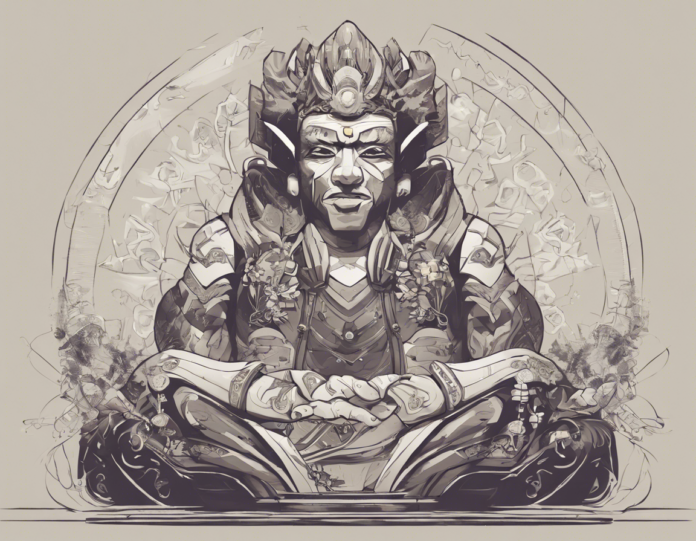Munshi Premchand, widely regarded as one of the greatest writers in Indian literature, penned numerous timeless classics that continue to resonate with readers worldwide. Among his most acclaimed works is Godan, a masterpiece that delves deep into the complexities of Indian society, shedding light on the struggles of the common man against societal norms and oppressive systems.
Background of Godan
Godan, which translates to “The Gift of a Cow,” was originally published in 1936. Set in pre-Independence India, the novel captures the essence of rural life, depicting the challenges faced by farmers, the caste system, poverty, and the search for dignity amid adversity. Through its rich tapestry of characters and vivid descriptions, Godan offers a poignant portrayal of human emotions and societal dynamics.
Themes Explored in Godan
-
Caste System: Premchand critiques the rigid caste system that pervaded Indian society, highlighting the discrimination and injustices faced by individuals belonging to lower castes.
-
Poverty and Struggle: The novel vividly depicts the harsh realities of poverty, portraying the challenges faced by farmers and laborers in their daily struggle for survival.
-
Exploitation: Godan exposes the exploitation of the marginalized sections of society by the landed gentry and moneylenders, showcasing the deep-rooted inequalities prevalent at the time.
-
Humanism: Amidst the bleakness, the novel also underscores the values of compassion, empathy, and human solidarity, emphasizing the importance of kindness and understanding in a harsh world.
Character Analysis in Godan
-
Hori: The protagonist of the novel, Hori, symbolizes the plight of the common man, his aspirations, dreams, and disappointments mirroring the struggles of the masses.
-
Dhania: Hori’s wife, Dhania, portrays the resilience and silent strength of women in the face of adversity, shouldering the burdens of the family with stoic grace.
-
Munshi: A character representing the educated, urban elite, Munshi embodies the conflicted relationship between traditional values and modern aspirations, offering a nuanced perspective on societal change.
Literary Significance of Godan
Godan stands as a powerful testament to Premchand’s narrative prowess and social consciousness. The novel’s enduring relevance lies in its ability to capture the essence of human struggles and aspirations, transcending time and space to resonate with readers across generations. Premchand’s incisive critique of societal norms and his profound understanding of human emotions elevate Godan to the realm of timeless literature, reinforcing its status as a classic of Indian fiction.
Impact and Legacy of Godan
Over the years, Godan has garnered widespread acclaim for its searing portrayal of social realities and its empathetic depiction of human experiences. The novel continues to be studied in academic curricula, revered by scholars and literature enthusiasts for its depth and complexity. Godan serves as a poignant reminder of the enduring relevance of literature in reflecting upon the intricacies of society and the human condition.
Frequently Asked Questions (FAQs) about Godan
- What is the central theme of Godan?
Answer: The central theme of Godan revolves around the struggles of the common man in a society rife with poverty, inequality, and societal norms.
- How does Premchand depict the caste system in Godan?
Answer: Premchand portrays the oppressive nature of the caste system, highlighting the discrimination faced by lower-caste individuals and the challenges of social mobility.
- Who are the main characters in Godan?
Answer: The main characters in Godan include Hori, Dhania, and Munshi, each representing different facets of Indian society and its complexities.
- What is the significance of the title “Godan”?
Answer: The title “Godan,” meaning “The Gift of a Cow,” alludes to the symbolic significance of a cow in Hindu society and the themes of generosity and sacrifice explored in the novel.
- How does Godan reflect the broader socio-political context of its time?
Answer: Godan situates its narrative within the socio-political milieu of pre-Independence India, offering a critique of colonialism, exploitation, and social hierarchies prevalent during that era.
In conclusion, Godan stands as a literary masterpiece that continues to captivate readers with its powerful storytelling, compelling characters, and insightful commentary on society. Through its exploration of timeless themes and universal truths, the novel remains a testament to Premchand’s enduring legacy as a pioneer of Indian literature.






